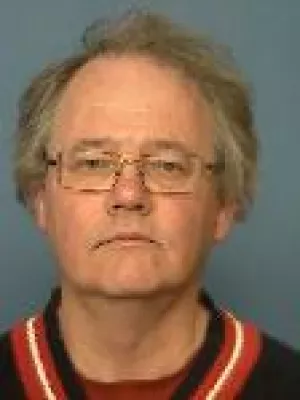
Göran Skog
Universitetslektor

14CO2 dispersion around two PWR nuclear power plants in Brazil.
Författare
Summary, in English
Atmospheric air samples were taken within 3 km from power plants encompassing five different distances and wind directions. Samples were taken between 2002 and 2005 aiming to evaluate the environmental C-14 enrichment due to the operation of Brazilian nuclear power plants. The sampling system consisted of a pump connected to a trapping column filled with a 3 M NaOH solution. The trapped C-14 by using a single stage accelerator mass spectrometry (SSAMS). CO2 was analyzed for All sampling sites revealed measurable C-14 excess values. The maximum excesses were of 15 and 14 mBq/m(3) for sampling sites placed at NE of the power plants, which is the main wind direction in the area. The mean excesses values were 12 mBq/m(3) to the NE direction, 8 mBq/m to the E, 10 mBq/m to the N, 8 mBq/m(3) to the WNW and 7 mBq/m(3) to the W direction (increasing distances from NE to W). Compared to other Light Water Reactors (LWR) data, these means' values are significantly higher than the average worldwide reported value of 3 mBq/m(3). Available data indicate that the observed values are not related to C-14 emission by the power plants vent stack. Other factors, such as topography, seem to have an important role because it affects wind dispersion thus favoring C-14 accumulation in the sampled area. Moreover, the high elevations around the power plants enhance the chances to measure high values of C-14 since the plume can be intercepted before it is drawn to the ground. Modeling of the plume has shown that its dispersion does not follow a Gaussian model and that agreement between atmospheric CO2 and vegetation C-14 activities occurs only for sampling sites placed at NE of the power plants. (c) 2009 Elsevier Ltd. All rights reserved.
Avdelning/ar
- Kärnfysik
- Kvartärgeologi
Publiceringsår
2009
Språk
Engelska
Sidor
574-580
Publikation/Tidskrift/Serie
Journal of Environmental Radioactivity
Volym
100
Issue
7
Dokumenttyp
Artikel i tidskrift
Förlag
Elsevier
Ämne
- Environmental Sciences
Nyckelord
- Atmospheric air
- C-14
- Nuclear power plant
- PWR
- Dispersion
- plume
- Gaussian
Status
Published
ISBN/ISSN/Övrigt
- ISSN: 1879-1700

